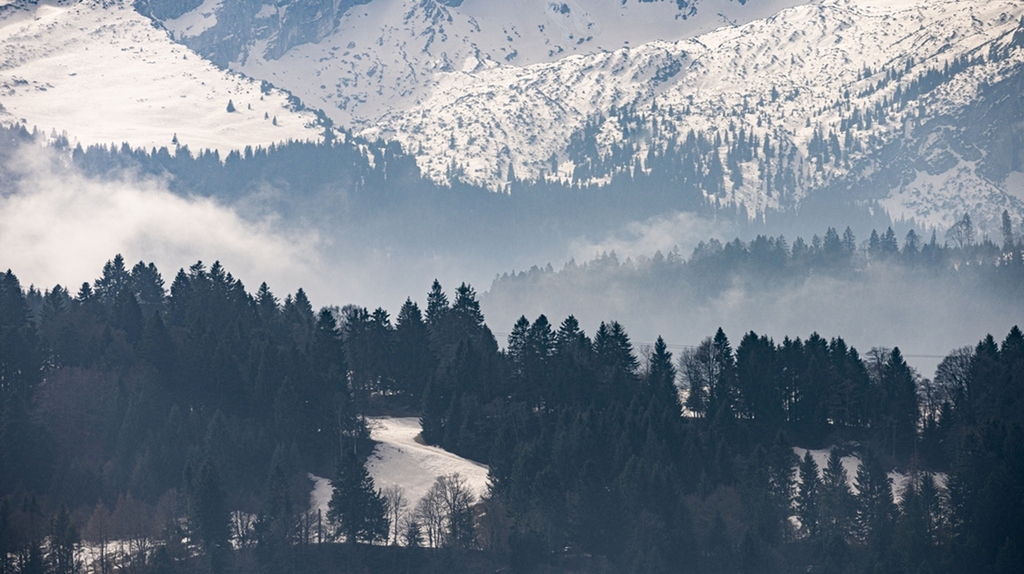KIT contributes to the research program "Changing Earth - Sustaining our Future" in the Helmholtz Research Field Earth and Environment.
The atmosphere is the Earth's thin protective layer that shields us from harmful radiation, moderates temperature differences, and redistributes thermal energy, water, and pollutants: Almost all life depends on it. This protective function is maintained by delicate balances and is vulnerable to global changes in climate and land use. The main drivers of climate change are the radiative effects of greenhouse gases and aerosols, which affect the composition and impact of the atmosphere on all aspects of societal activities.
We are developing seamless observational and modeling techniques to unravel the complex interactions of climate change between the atmosphere, land surface, and ocean. As focal areas, we are investigating changes in air quality - globally and in urban areas - the internal causes and effects of climate change through feedbacks, and what kinds of weather and extremes we will need to prepare for in the future. Advances in these areas are paramount for reliably assessing the state of the Earth system and for predicting and projecting global changes on our future living conditions.
[more]
Our research follows a holistic approach: we develop cross-scale observational and modeling solutions for improved atmospheric forecasts and regional climate projections with unprecedented resolution. We strive to observe, understand, and predict atmospheric phenomena and process chains from their origin to climate change impacts in the atmosphere, particularly in their interactions and feedbacks with the land surface, biosphere, cryosphere, oceans, and near-Earth space. Through our work, we can assess the physical, chemical, and socio-ecological consequences of atmospheric change and its impact on climate, extreme weather, and land ecosystem functioning.
In doing so, we increase knowledge to address societal challenges such as global warming, growing world population, land use change, air quality, water availability, and energy and mobility change. Our atmospheric and climate observation and modeling activities provide the scientific basis of sustainable development strategies for the benefit of society, ecosystems, and climate mitigation and adaptation combined with economic risk reduction.

What influences our climate? How can we recognize changes in our environment? At the Science Camp: Climate & Environment, teenagers have the chance to become researchers themselves.
more
IMKTRO is participating in the international ICECHIP hail measurement campaign in the Great Plains.
more
Water vapor and sea salt emission as well as aerosol dynamics accelerate particle growth & removal in the 2022 Hunga plume
more
Mountain and winter sports in times of global climate change. Actions and recommendations on the social, economic and technological challenges at the Alpine Climate Summit. Forwarding to the Alpine Climate Summit.
more
Talks and Hands-On Activities by IMK-ASF and IMK-TRO at KIT’s Open House and Campus Day
more
The article Secondary ice production – no evidence of efficient rime-splintering mechanism coauthored by the scientists from Cloud Microphysics Group at IMKAAF and Institute for Tropospheric Research (TROPOS, Leipzig), was selected as one of the three runners-up for the 2024 ACP Paul Crutzen Publication Award from more than 1300 articles submitted in 2024.
more
